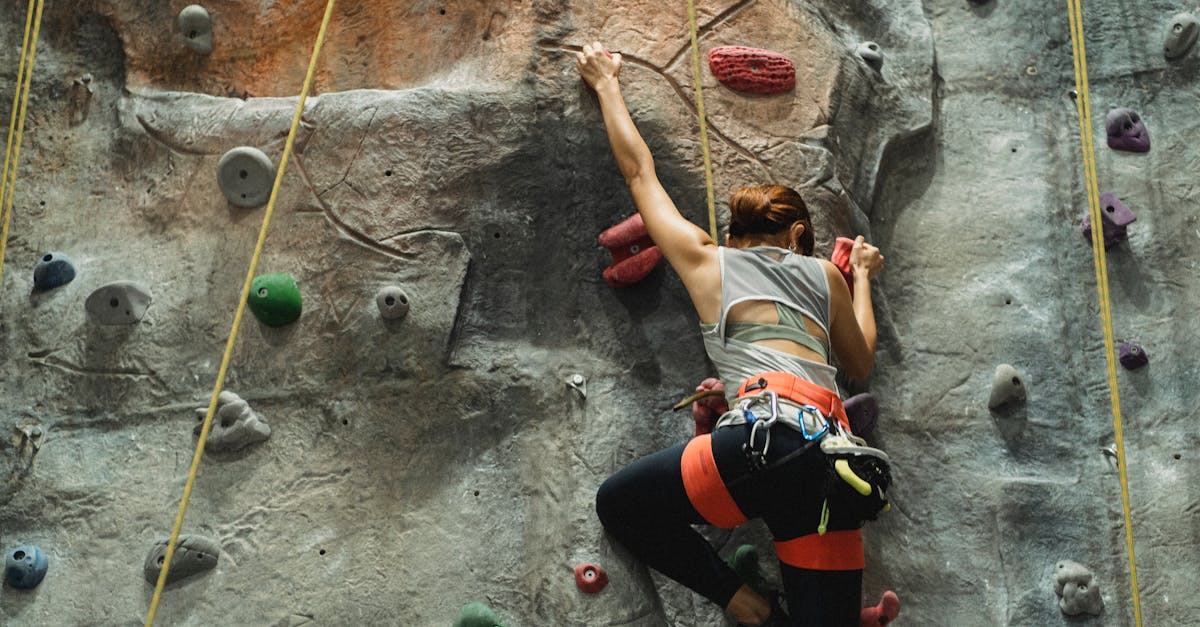When it comes to outdoor rock climbing, safety is our top priority.
We all share a passion for the thrill of scaling new heights, but ensuring our well-being is paramount.
In this guide, we’ll explore essential safety guidelines that every climber should adhere to for a secure and enjoyable climbing experience.
From selecting the right gear to understanding proper climbing techniques, our comprehensive safety tips will equip you with the knowledge needed to tackle challenging routes confidently. Whether you’re a seasoned climber or a beginner looking to venture into the world of rock climbing, our expert advice will help you navigate potential risks and ensure a safe ascent every time. Let’s jump into the essential safety measures that will elevate your climbing adventures to new heights.
Key Takeaways
- Safety should always be the top priority in outdoor rock climbing to reduce the risk of accidents and ensure an enjoyable experience.
- Choosing the right climbing gear is crucial for safety, including harness, helmet, ropes, carabiners, and anchors.
- Assessing climbing conditions such as weather, rock stability, route difficulty, and available light is essential before starting a climb.
- Proper climbing techniques involve maintaining three points of contact, using leg muscles, shifting weight gradually, and practicing controlled breathing.
- Emergency preparedness is key, including carrying a first aid kit, knowing emergency signals, learning wilderness first aid, and having an evacuation plan.

Importance of Safety in Rock Climbing
When it comes to outdoor rock climbing, prioritizing safety is essential for an enjoyable and secure experience. We must understand that rock climbing carries inherent risks, and being adequately prepared can help mitigate these dangers. By following safety guidelines and taking necessary precautions, we can significantly reduce the likelihood of accidents.
Proper safety measures involve selecting high-quality climbing gear, inspecting it regularly, and ensuring it fits correctly. Also, mastering fundamental climbing techniques such as belaying and rappelling is crucial for a safe climb.
In rock climbing, overlooking safety protocols can lead to serious consequences. Hence, we must always put safety first and adhere to best practices to protect ourselves and others during our climbing journeys.
For more information on outdoor climbing safety tips, check out this resource: American Alpine Club – Climbing Safety.
Choosing the Right Climbing Gear
When it comes to outdoor rock climbing, having the proper gear is crucial to ensuring a safe and enjoyable experience. Here are some key tips for selecting the right climbing gear:
- Harness: Make sure your harness fits properly and is in good condition. It should be snug but not too tight.
- Helmet: A helmet is essential for protecting your head from falls and rockfall. Always wear one that meets safety standards.
- Ropes: Choose dynamic climbing ropes that can absorb the impact of a fall. Inspect them regularly for signs of wear.
- Carabiners and Anchors: Invest in high-quality carabiners and anchors to secure yourself while climbing. Check for any damage before each use.
Remember, quality gear can make a difference in your safety on the rocks. For more information on choosing the right climbing gear, check out this resource from the American Alpine Club.

Assessing Climbing Conditions
When we’re getting ready for an outdoor rock climbing adventure, it’s crucial to assess the climbing conditions properly. Here are a few key factors we need to consider:
- Weather: Check the weather forecast before heading out. Climbing in rainy or windy conditions can be dangerous.
- Rock Stability: Inspect the rocks for stability. Loose rocks can pose a serious hazard.
- Route Difficulty: Evaluate the climbing route’s difficulty level. Choose a route that matches our skills and experience.
- Light: Make sure we have enough daylight to complete the climb safely. Starting late could mean descending in the dark.
Before we begin our climb, it’s essential to thoroughly assess these conditions to ensure a safe and enjoyable experience. For more insights on evaluating climbing conditions, check out this resource from the American Alpine Club.
Proper Climbing Techniques
When climbing, maintain three points of contact with the rock surface for stability. This means two feet and one hand, or two hands and one foot on the rock at all times.
Use your leg muscles to push yourself up rather than relying solely on your arms. This conserves energy and improves your overall endurance.
Shift your weight gradually when moving between holds to maintain balance and stability on the wall.
Practice controlled breathing to stay calm and focused as you climb.
Remember, slow and steady wins the race.
For more detailed tips on climbing techniques, check out the American Alpine Club’s guide on climbing movement.

Emergency Preparedness
When climbing outdoors, unexpected situations can arise. Being prepared is crucial for our safety. Here are some essential tips for emergency situations while rock climbing:
- Always carry a first aid kit in your climbing pack.
- Familiarize yourself with emergency signals in case communication is needed.
- Learn basic wilderness first aid for treating minor injuries.
- Have a plan for evacuation in case of severe emergencies.
Remember, being prepared can make a significant difference in difficult situations. For more detailed information on wilderness first aid, visit the American Red Cross website.
Note: Paste this link in your browser for reference – American Red Cross website.

